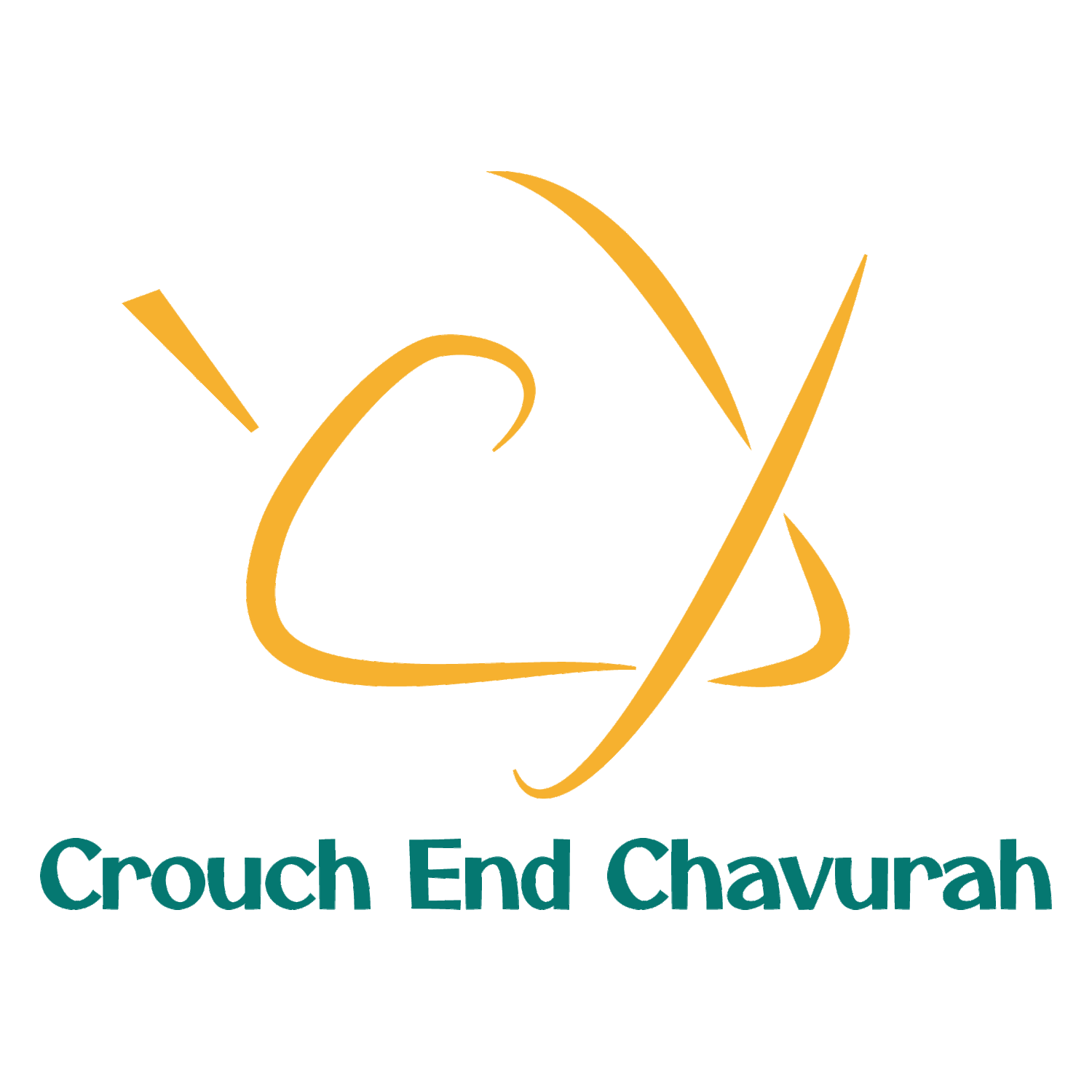Parashat Noach byRabbi Debbie Young-Somers
My kids have had a wonderful array of Noah themed toys over the last few years, from wooden arks filled with pairs of wooden animals, to plastic arks with animals that make the appropriate noises when you find their correct location in the ark, and books with animal finger puppets and spinning parts.
Many of these have now been handed on to other lucky families or are used by me for our family services!
The proliferation of cute Noah themed paraphernalia is not a totally new thing. Many popular toys from the early part of the 1800’s were beautifully crafted arks and animals (as the one depicted).
But if we are being honest, the story of Noach is not the most obviously child friendly part of Torah (though there is hot competition for the least appropriate bit). God only created the entire world and humanity in last week’s portion, and already things have spiralled so far out of control, that God is ready to destroy all of the animals and humans in creation. This is a mass extinction event. Which we’ve turned into puppets, toys, and a jolly musical.
Noach isn’t the only time we do this. At Pesach, plague bags turn the horrific suffering of the Egyptians into bubbles and puzzles and plastic that will end up in the bin. I also have masks and finger puppets of the plagues. My kids school PTA has for several years raised funds at Pesach by selling plague bags they create as a team, with bubbles for hail and sunglasses for darkness. In the USA, you can buy The Can-O-Plagues, which includes a “Death of Firstborn puzzle.” The deceased child is lying peacefully, but dead nonetheless, his mother sobbing. For blood, they offer a small, plastic red cup. When my kids were toddlers I found myself wanting to excite them about every Jewish moment possible, but was I misguided in taking these gruesome parts of our story, and embellishing them with toys.
Pesach is designed to be for kids, to convey the story to them but more importantly to enshrine a sense of meaning in our hard won freedom.
But the Plague Bag – and Noah’s Ark toys – do they cross a line? While our cute Mr Noah is charming, we are celebrating the fact that our God has chosen to annihilate the rest of humanity.
Clearly these aren’t the greatest moral challenges we should be worrying about – we face far greater plagues and threats and moral quandaries in the world. But perhaps it is because we live in an age where we are facing the possibility of a mass extinction event by flooding, and we see growing trouble, violence and intolerance in society, that these toys are even more dispiriting.
A Bat Mitzvah student some years ago was reading through Parashat Noach with me, and when we got to the end of the flood, and were rewarded with a rainbow, she said it seemed to her that God is still learning how to play with the toys he had made. He had a tantrum that they hadn’t turned out the way he wanted, but instantly regretted it after the fact, promised never to do it again, and sent the rainbow almost as a sorry card. This image struck me as an almost child-like God, and perhaps there is something childlike in God’s relationship to creation at this early stage of the story. God is figuring out, as all children must, how to control every impulsive reaction.
Hopefully God has matured in their emotional management, but have we? We are already witnessing the chaos caused by extreme weather patterns, and the mega rich are building private space programmes to help them build a pseudo ark in which they can escape if needed. But Judaism has asked us to take responsibility for not only our own futures, but the future of creation. Plastic toys certainly won’t help with that, but being part of a community which responds to the needs of those around us might. Technology may well be able to serve as a kind of Ark, helping to rescue us from the flood, but it will need to go hand in hand with some serious effort on everyone’s parts to change our behaviours of consumption – again something supply chains may force us to do in the coming months. So when children are playing with their toy arks, perhaps they should remind us to consider how we are helping to avoid the need for the arks of the future, and the need to allow the majority of humanity to be destroyed. The story of Noah reminds us that our behaviour has consequences – a lesson we generally learn fairly early on in life. As we might tell a child playing with their ark, we of course need to love all the animals, and protect one another, and the futures of the next generation. But we will also need to help them understand that how we live our lives impacts the likelihood of another mass extinction event, and it will take change and sacrifice to have an impact.

